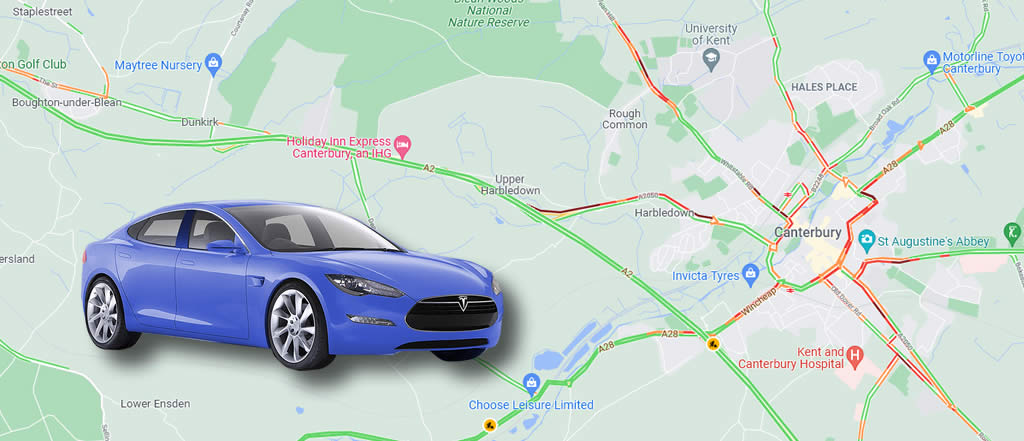
What gives you the most up to date road map when you’re travelling, your car sat nav or Google Maps?
The problem with the car sat nav is if you don’t keep the software up to date the map information can be wrong, whereas Google Maps is live using Android phone data.
Just under 50% of all phones use the Google Android OS (operating system) in the UK. When an Android phone is turned on their Google Maps app with GPS location is enabled. Google already know what average road speeds should be from historical data and sensors on the roads, so when that changes with crowd sourced live streaming data their algorithms can calculate congestion.
In 2013 Google also acquired the Waze sat nav app, this added a human element to calculations. Drivers can use the Waze to report traffic incidents, ie: accidents, speed traps, road debris, traffic jams, road works etc by tapping the appropriate screen icon as the hazard appears on the road. [OHM director Nigel Stevenson has used Waze in the USA and reported “with hundreds of ‘Wazers’ on the roads around you the data streaming significantly enhances the driving experience”]
Android OS map gives the user a real time traffic feed with the added bonus of re-routing if there’s a problem identified as you travel to your destination.
Could in-car sat nav be a thing of the past?
Tesla cars already use Google Maps using it’s own Mapbox software:
“Our maps learn from all the applications in which they are embedded. We use real-time data from 600 million MAUs (monthly active users) to send hundreds of thousands of map updates per day, so that developers can create accurate maps with performance across multiple platforms” Tesla
With this technology already in place, you can see why driver-less cars are a real possibility in the future. 5G connectivity, website technology, EVs, fossil fuel decline are all pushing towards a cleaner, safer and more ‘tech’ transport system. This in mind, your website presence and Google Business page need to be up to date and compliant.


 Previous Post
Previous Post Next Post
Next Post